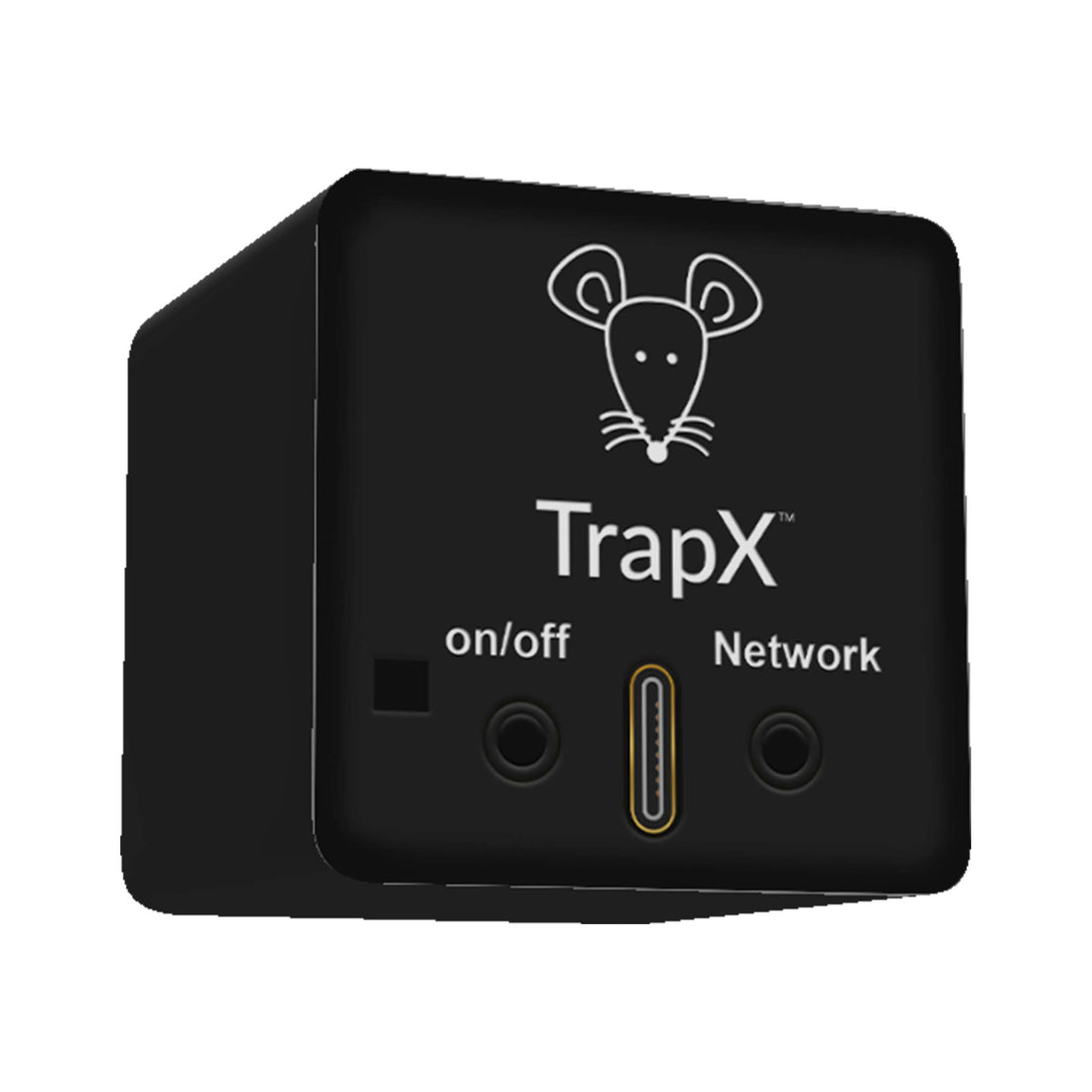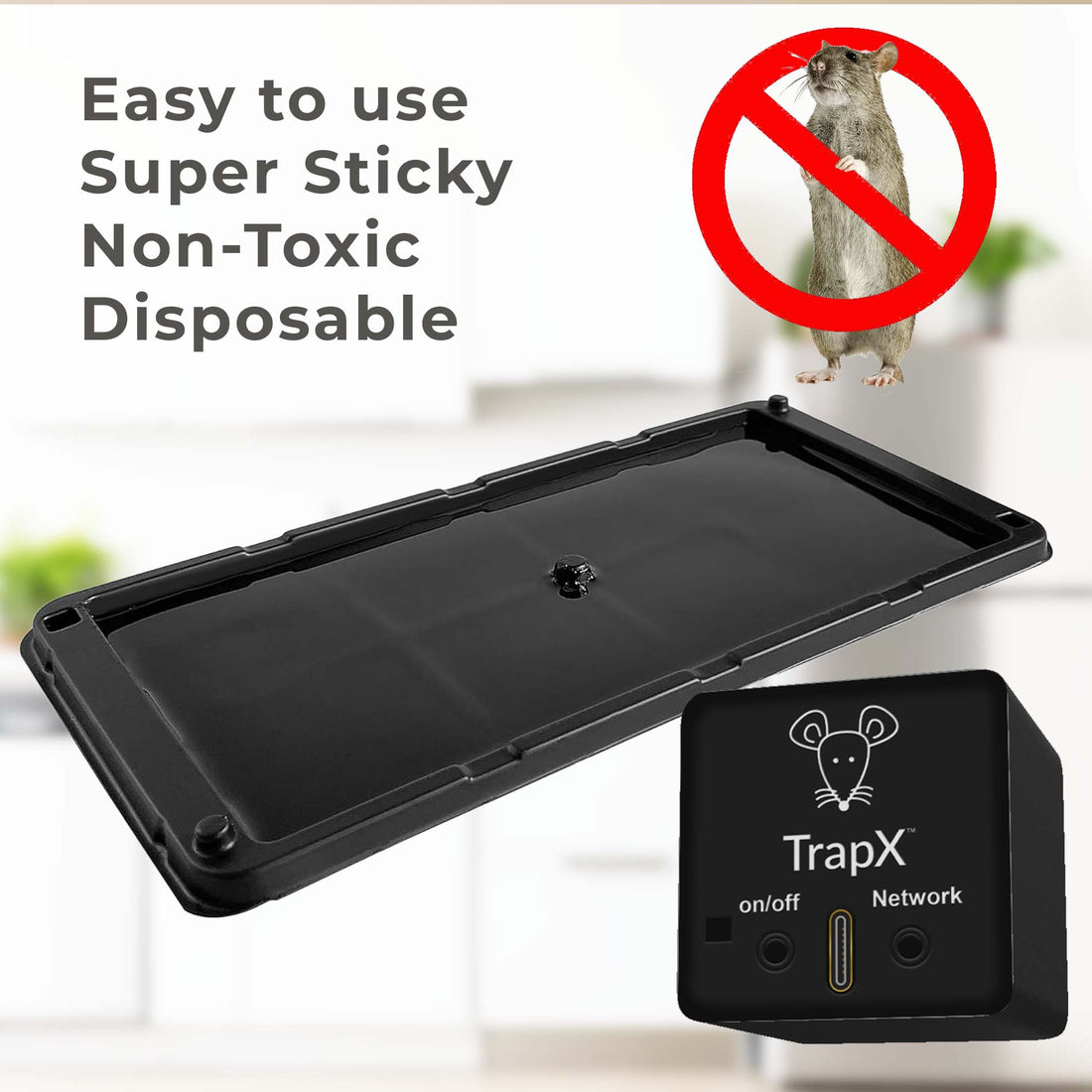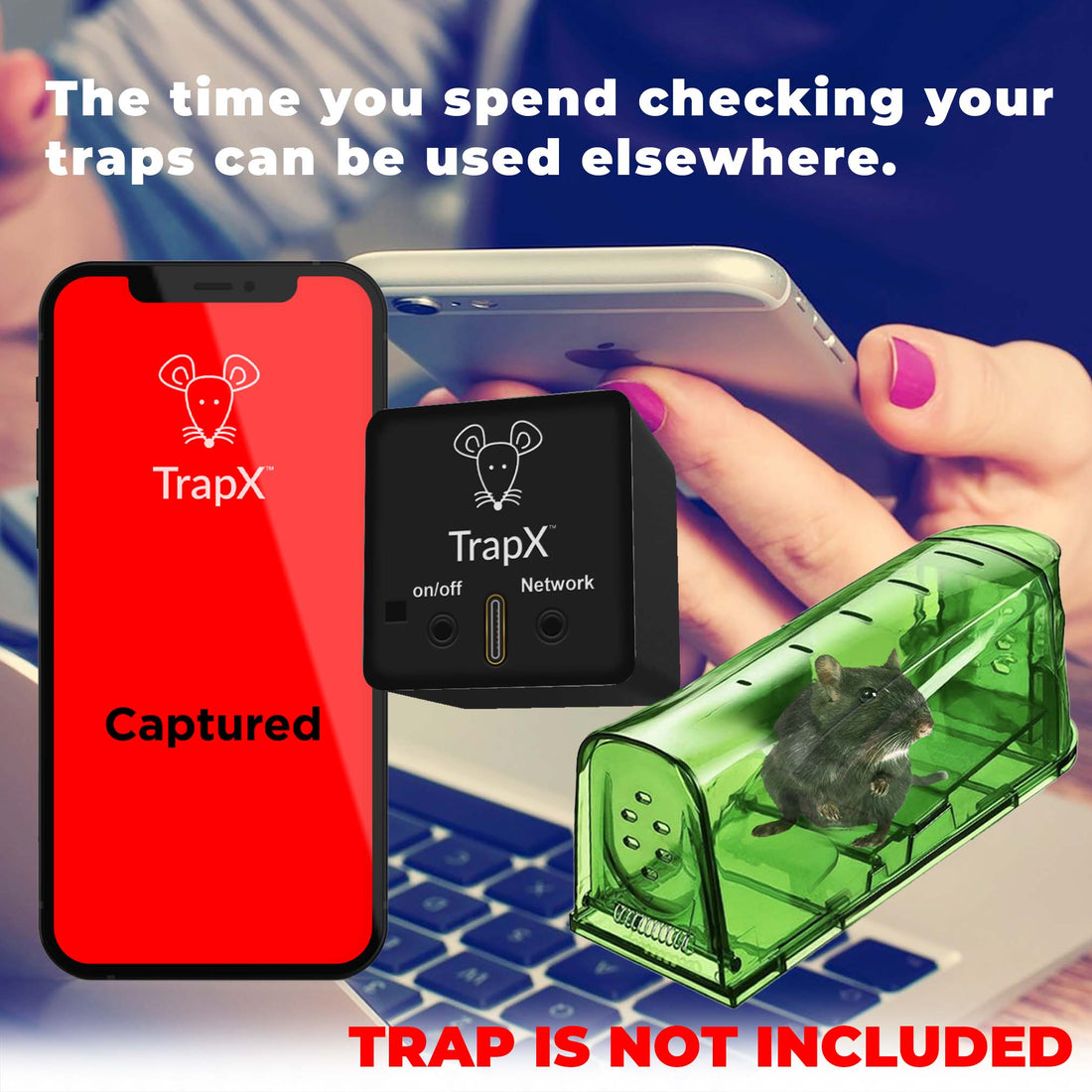How to Remove Mouse Trap Glue from Blankets: A Comprehensive Guide
Share
Have you ever found yourself in a sticky situation with mouse trap glue on your favorite blanket? Don't worry, you're not alone. Accidents happen, and sometimes, our beloved blankets become victims of unfortunate mishaps. But fear not, as we have the ultimate guide on how to effectively remove mouse trap glue from blankets. In this comprehensive article, we will explore various methods and techniques to help you restore your blanket to its former glory. So, let's dive in and discover the best ways to tackle this sticky situation!

Understanding Mouse Trap Glue
Before we delve into the removal process, it's important to understand what exactly mouse trap glue is. Mouse trap glue, also known as adhesive or sticky trap glue, is a type of adhesive that is specifically designed to capture and immobilize rodents. It is a strong adhesive that can easily stick to various surfaces, including fabrics like blankets. Removing mouse trap glue from blankets can be a challenging task, but with the right approach, it can be done effectively.

Method 1: Freezing
One of the simplest and most effective methods to remove mouse trap glue from blankets is by freezing it. Here's how you can do it:
- Place the affected area of the blanket in a plastic bag or wrap it with plastic wrap to protect it from moisture.
- Place the blanket in the freezer for a few hours or overnight. The cold temperature will cause the glue to harden and become less sticky.
- Once the glue is frozen, carefully scrape it off the blanket using a blunt object, such as a spoon or butter knife. Be gentle to avoid damaging the fabric.
- If there are any residual glue spots, you can use a mild detergent or rubbing alcohol to remove them. Apply the detergent or rubbing alcohol to a clean cloth and gently dab the affected area until the glue is completely gone.
Freezing is a safe and effective method for removing mouse trap glue from blankets, but it may not work for all types of adhesives. If the glue is particularly stubborn or if freezing does not yield satisfactory results, you can try other methods mentioned in this article.

Method 2: Heat
Another method that can be effective in removing mouse trap glue from blankets is by using heat. Here's how you can do it:
- Place a clean cloth or paper towel over the affected area of the blanket.
- Using a hairdryer set on low heat, gently heat the cloth or paper towel. The heat will soften the glue and make it easier to remove.
- Once the glue is softened, carefully scrape it off the blanket using a blunt object, such as a spoon or butter knife. Be cautious not to apply too much pressure to avoid damaging the fabric.
- If there are any residual glue spots, you can use a mild detergent or rubbing alcohol to remove them. Apply the detergent or rubbing alcohol to a clean cloth and gently dab the affected area until the glue is completely gone.
It's important to note that while heat can be effective in removing mouse trap glue, it should be used with caution. Excessive heat or direct contact with heat sources can damage the fabric, so it's always best to start with low heat and test it on a small, inconspicuous area of the blanket first.
Method 3: Vinegar Solution
Vinegar is a versatile household ingredient that can also be used to remove mouse trap glue from blankets. Here's how you can do it:
- Mix equal parts of white vinegar and water in a bowl or spray bottle.
- Dampen a clean cloth or sponge with the vinegar solution.
- Gently dab the affected area of the blanket with the damp cloth or sponge, allowing the vinegar solution to penetrate the glue.
- Let the vinegar solution sit on the glue for a few minutes to loosen it.
- Using a blunt object, such as a spoon or butter knife, carefully scrape off the glue from the blanket.
- If there are any residual glue spots, repeat the process until the glue is completely removed.
Vinegar is a natural and safe alternative to chemical-based adhesive removers. However, it may not be as effective on strong or stubborn adhesives. If the vinegar solution does not yield satisfactory results, you can try other methods mentioned in this article.
Method 4: Commercial Adhesive Removers
If the aforementioned methods do not work or if you prefer a more specialized solution, you can consider using commercial adhesive removers. These products are specifically designed to remove adhesives and can be effective in removing mouse trap glue from blankets. Here are some tips for using commercial adhesive removers:
- Read and follow the instructions provided on the product label carefully.
- Test the adhesive remover on a small, inconspicuous area of the blanket first to ensure it does not cause any damage or discoloration.
- Apply the adhesive remover to the affected area of the blanket and let it sit for the recommended amount of time.
- Using a clean cloth or sponge, gently scrub the glue until it starts to loosen.
- Once the glue is loosened, carefully scrape it off the blanket using a blunt object, such as a spoon or butter knife.
- Follow up with a mild detergent or rubbing alcohol to remove any residual glue spots.
When using commercial adhesive removers, it's important to use them in a well-ventilated area and avoid direct contact with your skin or eyes. Additionally, make sure to store these products out of reach of children and pets.
Conclusion
Removing mouse trap glue from blankets can be a challenging task, but with the right methods and techniques, it can be done effectively. Whether you choose to freeze the glue, use heat, vinegar solution, or commercial adhesive removers, it's important to approach the removal process with caution and care to avoid damaging the fabric. Remember to test any method or product on a small, inconspicuous area of the blanket first and always follow the instructions provided. By following the steps outlined in this comprehensive guide, you can successfully remove mouse trap glue from your blanket and restore it to its former glory.
Jan23.chat.1pass.public.how to get mouse trap glue off blanketAs an Amazon Associate, I earn from qualifying purchases.
